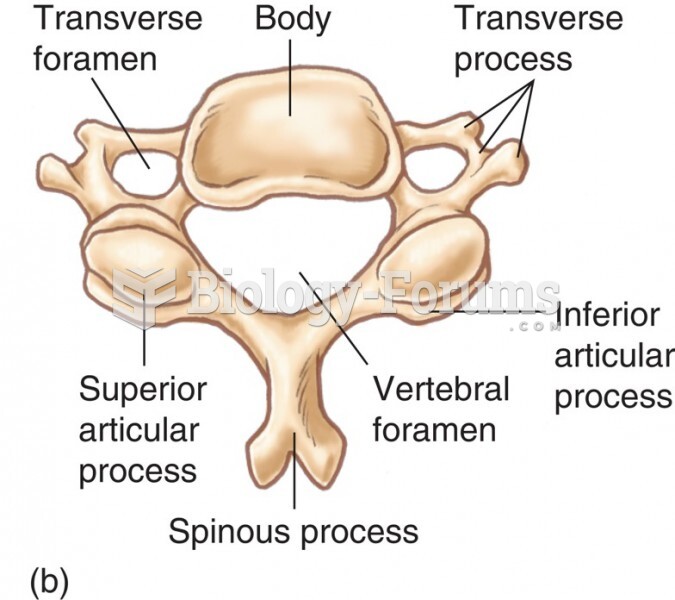|
|
|
Increased intake of vitamin D has been shown to reduce fractures up to 25% in older people.
After 5 years of being diagnosed with rheumatoid arthritis, one every three patients will no longer be able to work.
Hip fractures are the most serious consequences of osteoporosis. The incidence of hip fractures increases with each decade among patients in their 60s to patients in their 90s for both women and men of all populations. Men and women older than 80 years of age show the highest incidence of hip fractures.
The top five reasons that children stay home from school are as follows: colds, stomach flu (gastroenteritis), ear infection (otitis media), pink eye (conjunctivitis), and sore throat.
Approximately 25% of all reported medication errors result from some kind of name confusion.







